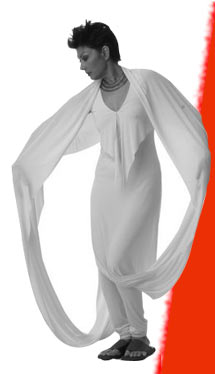Yesterday was a tension filled day for many people around the country. Love, or marketed, commodified love was in the air. And when that is the case, the immoral brigades are never far behind. Security was beefed up at malls, pubs and clubs across the country. Love sick couples deferred or permanently cancelled their dates. Others pretended that it was business as usual and furtively met in restaurants or less obvious places. And anyone walking on the street with a member of the opposite sex who wasn’t obviously a parent, were on the watch out for chaddi wearing lathi wielding thugs. (Was it the chaddi wearing of the morality keepers that the pink chaddi brigade had in mind before launching their protest campaign?)
Why do we reduce our amazing plurality to one lumpen mass called hamari sanskriti? And when we say hamari, which common us-ness are we referring to? In a society which we divide at every possible occasion, through caste, sub caste, gender, religion, gotra, village etc. how nice it would be if, in fact, the commonness indicated by the use of hamari were true. It would at least mean that we see ourselves as Indians! No such luck. The hamari refers to the seriously limited vision of the particular group of thugs. And in nearly 99% of cases these are those who have not read our history, not understood even the subculture to which they belong, not looked at our origins or our development over the last two thousand years.
Till fifty years ago Nair women in Kerala felt it was indecent to wear a choli – they felt that only sex workers needed to titillate men by covering something as natural as breasts. Gond tribals in Madhya Pradesh still feel it is better to try out a partner both sexually and behaviour wise before making them life partners by marriage. Naga chiefs till recently used to be admired for the number of heads they had chopped off – human heads. Adivasis in Chhota Udepur and Jhabua still kick a baby out of a mother’s womb and feed the to-be mother with rice gruel to keep the baby from getting gastric pain. Penitants at the Kamakhya temple in Gauhati chop the heads off buffalos to propitiate the Mother Goddess. Bhuvas drink alcohol and the slain beast’s blood for the same reason. New borns are given galthuthi in most Gujarati households.
These are all strands of Indian culture. Many are practiced in one community or even in a cluster of families. That makes them neither all prevalent nor un-Indian. They are, each and every one, a strand of what makes our multilayered culture.
Looking with lust at every bit of female flesh, and then, out of frustration trying to destroy it by throwing acid or maiming, was not part of the mainstream Hindu culture. In most parts of Hindu India the body was adored, admired, worshipped. As a creation, perhaps the supreme creation, of the Divine. Look at our sculptures. Read our poets of two or three thousand years ago. Look at ancient paintings. The body is in full view, described in words of wonder and beauty. And Hinduism had no concept of sin, of mental or spiritual dirt. The idea of sin and of shame, of hiding the body came in with Christianity and Islam. The body, especially the female body, was created to tempt the MAN. From poor Eve downwards. So the female body as sin and temptation is a much newer concept in the culture of the subcontinent. Several thousand years newer. But for the moral police it seems to have become THE true hamara culture.
It would be wise for all of us who wish to talk of Indian culture to first educate ourselves on our plurality. There are strands of culture which in today’s context are unethical or wrong. We should have the capacity to denounce them and discard them. Others, perhaps limited to a small community, might well benefit society by being more generally accepted. In any case we need to understand our cultural strands before deciding.
And just for the record, I did join the pink chaddis yesterday in solidarity with the people against the moral police.

